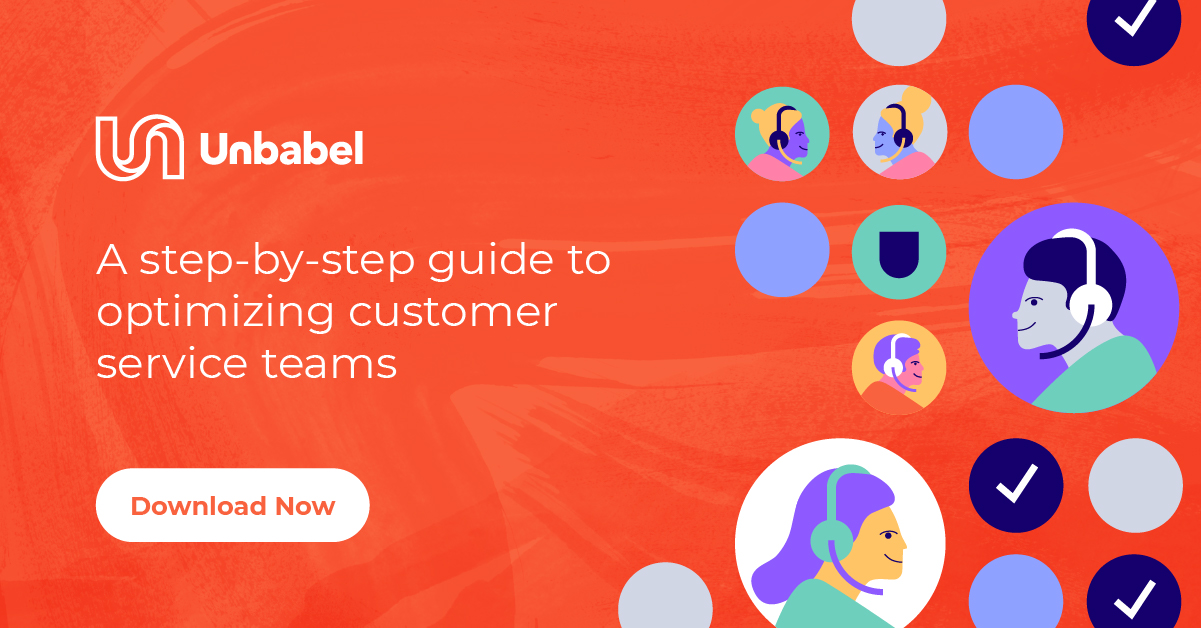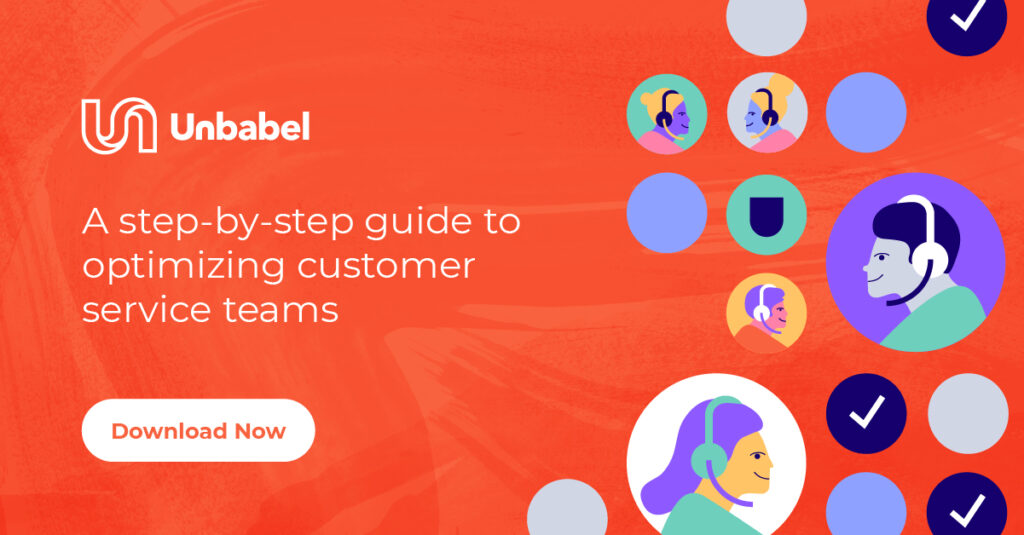Originally published on Terrapin’s World Aviation Festival Blog
If nothing else, 2020 has been a year full of the unexpected.
Last year, rosy forecasts estimated the travel and tourism industries would rake in $712 billion dollars in 2020. Cut to reality, and we’re likely to see revenues closer to $450 billion, a decrease of 35%.
Many sub-sectors of this industry were already experiencing slow growth—even in good years. American domestic airlines have grown used to a 0.3% average annual growth rate for the past five years. At the same time, beyond the occasional, short-term dip due to a disaster or economic recession, conditions were steady.
Then 2020 happened.
This year has demonstrated the value and necessity of being agile. It’s true across other sectors (hello, restaurants shifting to take-out only and salons cutting hair on the sidewalk). It’s doubly true in the travel and tourism industry. And, yes, it may sound cliché, but agility is the way forward for travel and tourism—especially when it comes to customer service.
Is customer service agility born or bred?
Bear with me for a moment while I take you on a metaphorical journey. Let’s talk about nature vs. nurture in athletes.
Some people are born with characteristics that help them succeed at a given sport. Michael Jordan is six and a half feet tall and the best basketball player of all time. On the opposite end of the spectrum, Simone Biles’ petite four-foot-eight-inch frame has catapulted her toward earning more medals than any other gymnast—ever.
But nature and nurture both play a role in an athlete’s success. Neither height nor the lack of it can guarantee success if you don’t work your you-know-what off as well.
That’s true of customer service, too.
Many of the travel and tourism businesses that have managed to survive or even thrive in spite of 2020’s relentless turbulence have agility built into their DNA. They know how to move quickly, change course when needed, and approach problems with a creative mindset.
The good news is two-fold:
- You don’t need to have agility in your DNA from day one.
- An agile mindset can help any company adapt to change.
Let me share some real-world examples.

Agile travel and tourism businesses
The travel and tourism businesses that have weathered this year’s storms the best all have one thing in common: They’re agile. This can sound fluffy in the abstract, so let’s get concrete by looking at how it applies to customer service.
Many airlines have been forced to reduce their outsourced spend and the size of customer service teams because of lower travel volumes. At the same time, they’ve found themselves with a veritable army of boots-on-the-ground workers (like baggage handlers, ticket counter reps, and cleaning staff) who are suddenly underemployed.
One budget airline had a clever solution to this challenge: They turned a shut-down airport terminal into a makeshift customer service center. They used technology to empower their airport workers to become customer service representatives overnight. This saved the airline money and time, while also preserving many jobs.
An online travel agency (OTA) faced a similar issue when French strikes brought flights across the country to a halt. Suddenly, they faced an influx of customer support requests from France, without enough French-speaking agents on staff to respond to the volume. So, instead, they employed artificial intelligence, coupled with human quality assurance, to rapidly translate customer communications. This meant they could spin up a low-cost call center in the Philippines on a tight timeline. It didn’t matter who spoke what language; they could rebook their French guests quickly and with minimal disruption.
Another OTA faced a more everyday challenge. What happens when a Japanese-speaking customer wants to book a hotel in an English-speaking country but has questions about the property? Once upon a time, the OTA would kick the question over to a team in Japan and wait two to three days for an answer. Taking a more agile approach, they switched over to using AI-powered translation. Suddenly any rep could respond in a matter of hours, or even minutes, no matter what language the question arrived in. Customer satisfaction (not to mention completed bookings) increased as a result.
All three of these examples hinge on using technology to be more agile and better serve customers. The agile mindset can be applied to all areas of a business, from operations to finance to HR.
The one thing you’ll want to pack up and take with you from 2020
While the conditions brought on by the pandemic may feel like an anomaly, there will always be unexpected disruptions in the travel and tourism industry. It could be a catastrophic weather event, a terrorist attack, an economic downturn, or a major workers’ strike. It could be two competitors merging or a different industry’s giant expanding into your territory. None of these are predictable events, and all of them can have serious negative consequences for revenues.
Agility can empower you to enter new markets, respond more quickly to unforeseen events, and increase your brand’s favorability among target customers. It can also help you save money and improve ROI on operational and infrastructure investments.
2020 will eventually (thankfully) come to an end, but the lessons learned about agility, flexibility, and human-centered customer service should stay with us. Weaving flexibility into the DNA of a business is the best way to prepare for whatever comes next.
Want to learn more about customer service changes in the travel & tourism industry? Watch Edmund Ovington speak about customer engagement on 23. September 2020y at 3:30 p.m. London GMT+1 at the virtual World Aviation Festival 2020 online by signing up here.
The post What 2020 Has Taught Us About Customer Service Agility in Travel & Tourism appeared first on Unbabel.












